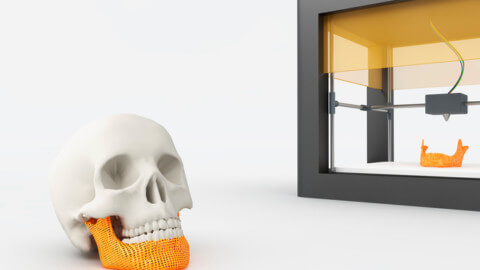Philips launches new cardiovascular ultrasound system
The EPIQ CVx technology intends to support cardiologists by introducing a diagnosis-friendly interface and eliminating time-consuming redundancies.
Philips Healthcare, the health technology division of the global giant based out of Amsterdam has launched their latest medical device. The new system is a dedicated cardiology ultrasound that expects to simplify the diagnosis process.
The EPIQ CVx is designed to suit the cardiologists’ need with increased imaging quality, advanced quantification and higher intelligence. This allows physicians some flexibility to interact with the patients. It also claims to avoid errors, making repeat scans unnecessary. As many as 95% commented on its better image quality from the clinics that reviewed the product. Along with this, the EPIQ CVxi which is designed for cath labs is also in the pipeline for Philips. Both, the EPIQ CVx and CVxi are CE marked and cleared by the FDA with a 510(k) approval.
The technology has features that include a workflow that Philips believes cuts the time cardiologists spend looking for controls. The interface also allows customization of controls.
This makes it all the easier for physicians to focus on the images and scan results. The system also has necessary security protocols that keep threats at bay.
With lifestyle induced complications and the overall rise in the need for healthcare, doctors and technicians are constantly overwhelmed. The pressure on cardiologists to address more patients is only increasing. Advanced 3D organ modelling, image slicing, and proven quantification simplify the entire examination process. The results produced through these scans are also more reliable and provide enhanced information to the diagnostician. This makes the EPIQ CVx system crucial.
In their official statement, Philips describes EPIQ CVxias a third-generation cohesive ultrasound-angiography interventional lab solution. This is because it enables structural heart procedures with real-time, workflow-optimized image guidance and quantification.
Dr Roberto Lang of the University of Chicago applauded the path-breaking TrueVue feature that would enhance diagnostic ability of echocardiography. Dr Lang mentioned how this technology would enable a better understanding of the anatomy of the mitral valves. The TrueVue feature elevates 3D ultrasound to an entirely new level.
The TrueVue tool captures life-like images of the heart, making cardiac anatomy analysis more advanced. It permits the detailed rendering of the heart and depth perception by introducing a virtual source of light.
The EPIQ CVx will not only make diagnosis easier but will also help study the intricacies of cardiology in a far more precise manner. Its improved processing power, image clarity and sharpness, exam efficiency and reproducible quantification are all enabled by anatomical intelligence. Philips calls this feature AIUS which stands for “Anatomically Intelligent Ultrasound”. Although this technology was introduced several years ago, it has been upgraded with expanded abilities. This feature will essentially allow the 3D measurement of the mass of the left ventricle.
Philips pioneering attempt to address unanswered questions in cardiovascular research has enabled their latest innovation. EPIQ CVx paints a promising picture for diagnosis and treatment of heart ailments. It also anticipates providing backing to cardiologists with its increased efficiency, consistency, and speed.
Image credit: www.itnonline.com

















